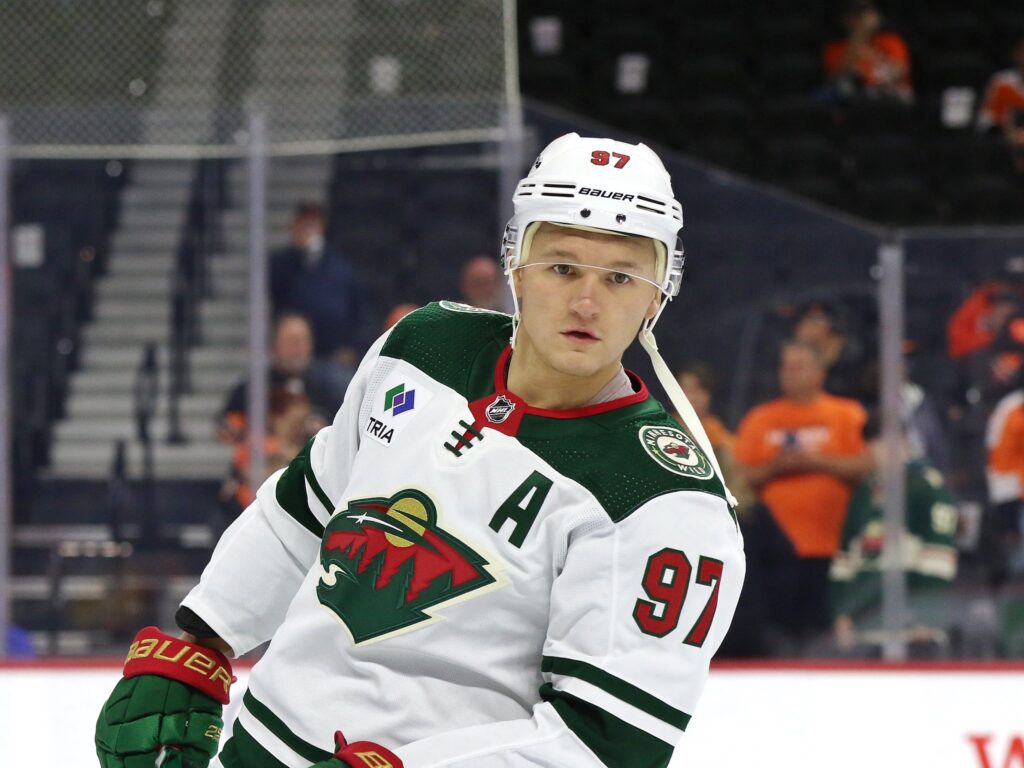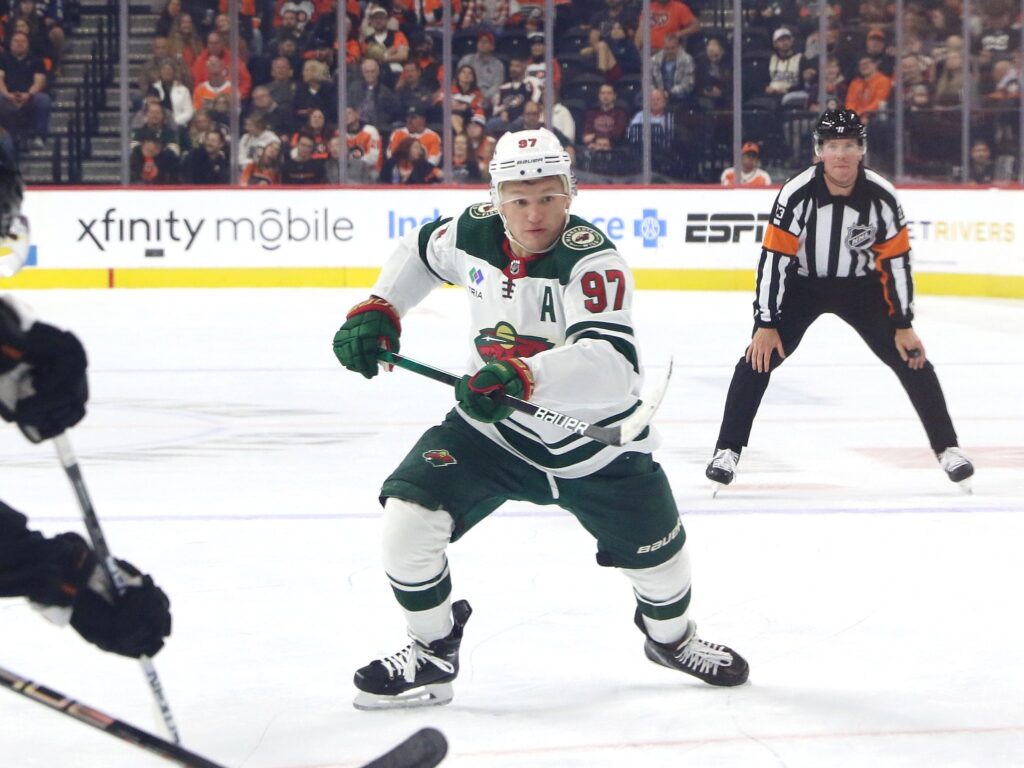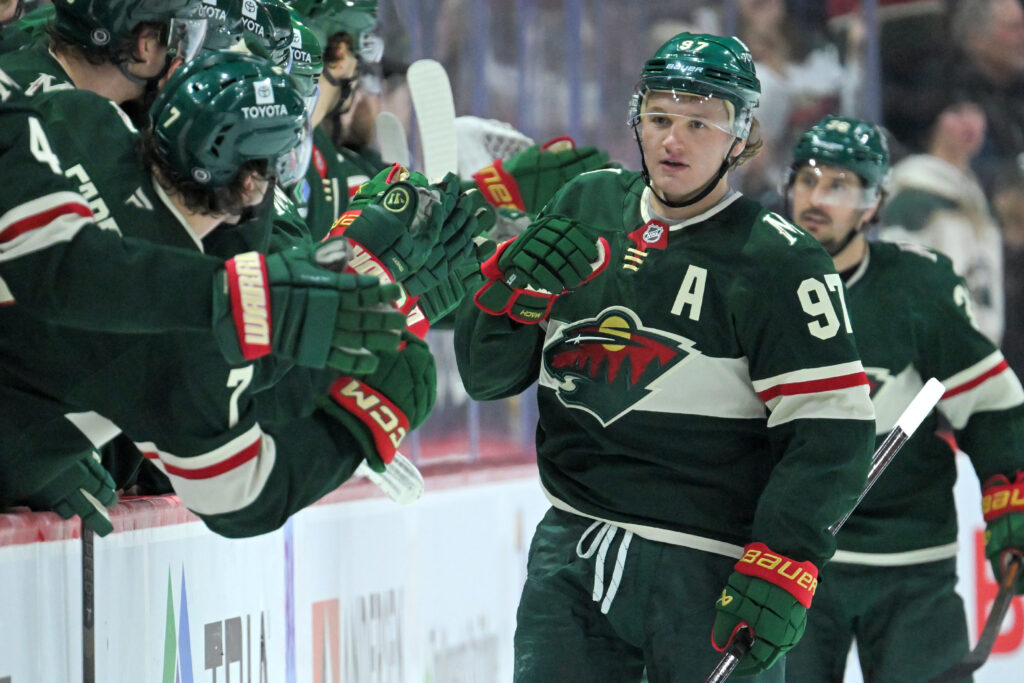In a move that sent shockwaves through the hockey world, the Minnesota Wild have locked up their superstar, Kirill Kaprizov, with a monumental eight-year, $136 million contract extension. Announced on Tuesday, this deal is not just a franchise-altering commitment; it’s a league-defining statement that pulverizes existing financial records and sets a new, dizzying benchmark for superstar compensation in the National Hockey League.
A King’s Ransom: Deconstructing the Record-Breaking Deal
Let’s not mince words: the numbers are staggering. The contract, which kicks in for the 2026-27 season, establishes new highs in both total value and average annual value (AAV). The $136 million total value eclipses the long-standing record set by Alex Ovechkin’s 13-year, $124 million pact with the Washington Capitals back in 2008. Perhaps even more impactful is the $17 million AAV, a figure that leaves the previous record, held by Edmonton’s Leon Draisaitl at $14 million, in the dust. To put this into perspective for Wild fans, Kaprizov’s AAV will now be double that of the next highest-paid player on the team, the formidable defenseman Brock Faber ($8.5 million AAV).

However, the genius—and the sheer audacity—of this contract lies in its structure. Described as “groundbreaking,” the deal is heavily loaded with signing bonuses. Kaprizov will earn a base salary of just $1 million in each of the eight years. The real money comes on July 1st each year, when massive signing bonuses are paid out. For the first four years of the extension, from 2026 to 2029, Kaprizov’s take-home pay (salary plus bonus) will be $19.1 million annually. This figure is meticulously calculated to be the maximum allowable under the CBA, representing 20% of the projected 2025-26 salary cap of $95.5 million. The deal also includes a full no-move clause, ensuring that Kaprizov, who will be 28 when the extension begins, will likely finish his career in the State of Hockey.
The Franchise Cornerstone: Why the Wild Paid the Price
For Minnesota, this was a price they had to pay. General Manager Bill Guerin was candid, stating that the thought of Kaprizov in another sweater would have been “devastating.” It’s not hyperbole. In the franchise’s 25-year history, they have never had a player with the game-breaking, electrifying talent of Kirill Kaprizov. While Marian Gaborik was a phenomenal scorer and the team’s first true star, Kaprizov has elevated the organization to a new level of relevance. He already holds the single-season franchise records for goals (47), assists (61), and points (108).
His impact transcends the scoresheet. Kaprizov’s presence makes Minnesota a more attractive destination for other players. He is the offensive engine, the marketing face, and the undisputed leader of the team. For his part, Kaprizov has embraced Minnesota, expressing his happiness with the city and the organization. His comfort and his belief in the team’s potential to win were crucial elements in getting this deal across the finish line. He didn’t just take the money; he committed to the vision.
The Art of the Deal: High-Stakes Negotiations
Getting this historic deal done was no simple task. Reports, though publicly denied by Guerin, suggested that Kaprizov’s camp had previously turned down an eight-year, $128 million offer. It’s clear the Wild had to stretch beyond their initial comfort zone, ultimately landing on the $17 million AAV because, as one source put it, they “had to get this done.” There was an understanding that in today’s market, with a rising salary cap, this is the cost of retaining a top-tier, franchise-defining talent. There’s also speculation that a recent injury to another NHL star, Aleksander Barkov, may have provided a moment of clarity for Kaprizov, highlighting the inherent risks of playing without long-term security.

Building Around the Sun: The Salary Cap Challenge
Despite the eye-watering price tag, locking up Kaprizov provides the Wild with crucial certainty. The drama is over, and the team can focus on the ultimate goal: building a Stanley Cup contender around their centerpiece. The challenge, of course, will be managing the salary cap.
When the extension begins in 2026-27, the Wild are projected to have approximately $23 million in cap space. That may seem like a healthy number, but it will vanish quickly. Mats Zuccarello, along with starting goaltender Filip Gustavsson, are slated for unrestricted free agency. Tough decisions will have to be made. The success of the team will hinge on Guerin’s ability to supplement Kaprizov’s contract with shrewd signings and, critically, the continued development of young talent on cost-controlled, entry-level contracts. Fortunately, the Wild have a solid foundation with several team-friendly deals for core players. Matt Boldy ($7 million AAV), Joel Eriksson Ek ($5.25 million AAV), and the aforementioned Brock Faber ($8.5 million AAV) provide immense value and form a strong supporting cast.
The Ripple Effect: A New Market for Superstars
Beyond Minnesota, the Kaprizov contract is a seismic event. It has effectively reset the market for elite NHL talent just as a new wave of superstars approaches free agency. All eyes now turn to Edmonton, where Connor McDavid is entering the final year of his contract. His next deal was always expected to be historic, but Kaprizov’s $17 million AAV now serves as a powerful comparable and, arguably, a starting point for negotiations. Other premier players like Jack Eichel and Artemi Panarin, who are also pending UFAs, will undoubtedly benefit from the new financial bar set by Kaprizov. While records are made to be broken, and Kaprizov’s may not stand for long, his deal will be the benchmark against which all other superstar contracts are measured for the foreseeable future. For the Minnesota Wild, it was the cost of keeping a legend. For the rest of the NHL, it’s a sign of a new economic era.
Created with the aid of Gemini AI
